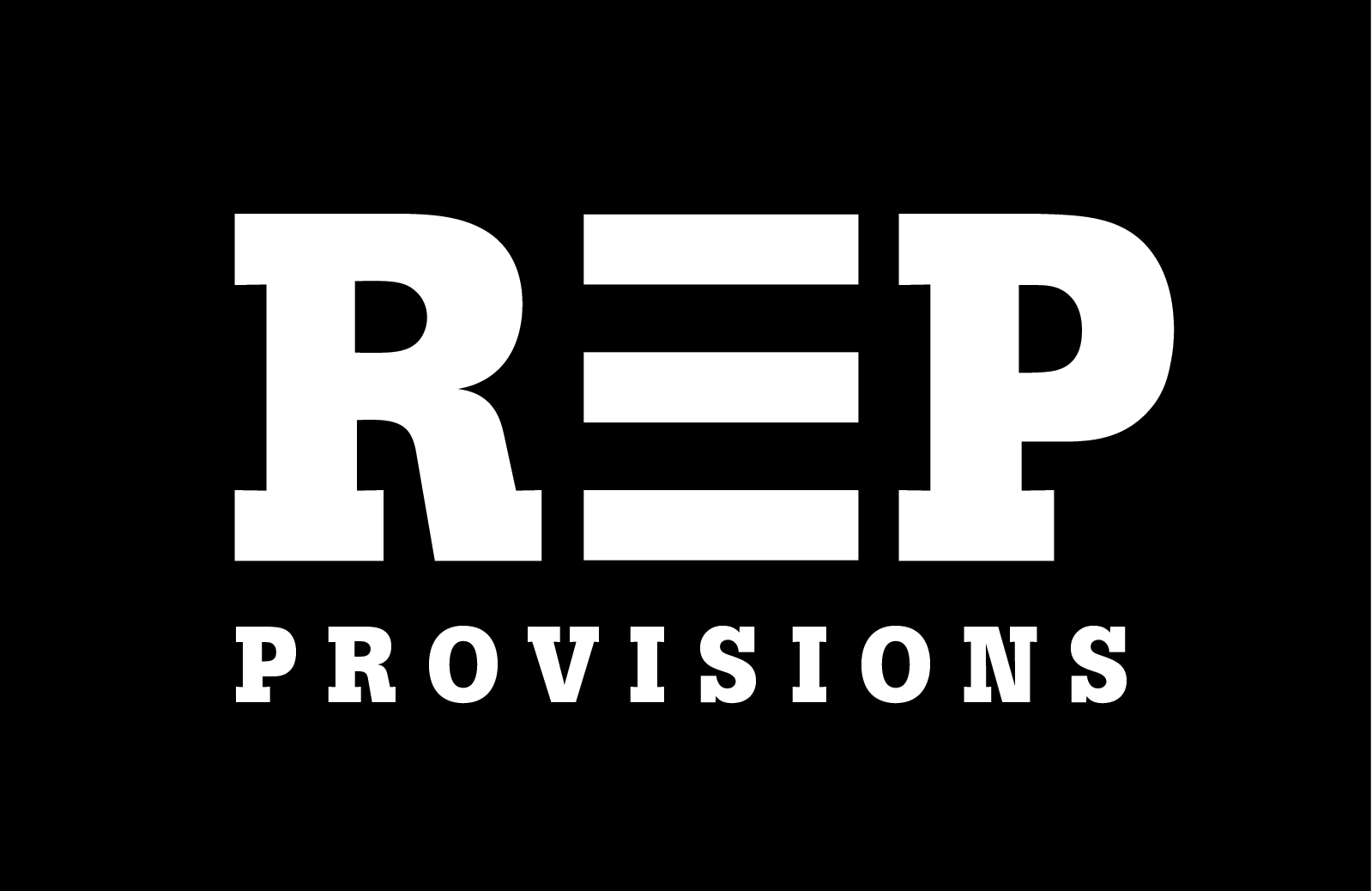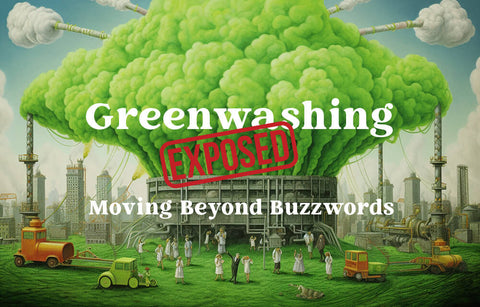Consumers want sustainable products… Types, Examples, & How to Avoid It. Here’s how regenerative became the newest greenwashing buzzword.
Going green has become an extremely lucrative business strategy. According to a report by Neilsen, 66% of consumers say they’re willing to pay more for sustainable and socially conscious products and services.
With massive multinational companies like Nestlé, Unilever, Walmart, PepsiCo, General Mills, Mcdonalds and many others branding themselves as regenerative, it begs the question, is it true or are they just greenwashing?
According to the Corporate Climate Responsibility Monitor 2023, many of these companies are classified as low integrity when it comes to putting their money where their mouth is. In 2017, Walmart paid USD$1 million to settle claims after selling plastics labeled eco-friendly. Nestlé on the other hand released a statement saying they had goals for recyclable or reusable packaging by 2025, and yet in 2020 they were named one of the world’s top plastic polluters for a third year in a row.
Lofty climate goals are not legally binding and have no real accountability framework to them; in fact “progress” is often only tracked by the companies themselves. How then can consumers really know what they’re paying for?
First, we need to know what greenwashing is, and isn't.
What is Greenwashing?
Greenwashing is not a trend, it’s a deceptive marketing strategy used by organizations to portray their services, practices, and products as environmentally-friendly when they aren’t.
In addition to being unethical, greenwashing is illegal, and lawsuits are on the rise. Consumer activists groups, environmental non-governmental organizations (eNGOs) are utilizing consumer protection laws to challenge false advertising when it comes to eco-friendly or sustainability claims. Here are the seven sinister “sins” of greenwashing.
7 Types of Greenwashing
Lack of Proof or Vague Claims: Companies making general statements using buzzwords without providing the evidence to back up environmental claims. For example, a company may label their product “sustainable,” “net zero,” or “reusable,” without explaining what they really mean.
Environmental Imagery: Using design elements like green and blue color schemes and natural imagery (leaves, happy animals, idyllic farmland) without communicating environmental facts about their product.
Outright Lying: This one is pretty self explanatory. When a company lies about their practices and products to appear “greener.”
Hidden Trade-Offs: Trade-offs are a part of life. They’re when a company makes an environmental claim but the claim is offset by another hidden negative environmental impact. For example, a product may be made with all-natural ingredients but in the manufacturing process emits massive amounts of carbon dioxide. It’s important to note that certain trade-offs are acceptable, but they should still be acknowledged.
Irrelevant Claims: Making technically accurate but ultimately insignificant claims about environmental or health features of a product. It’s like when you see a gluten-free label on seaweed, when seaweed has always been gluten-free.
Lesser of Two Evils: Positioning a product as more sustainable than their competitors while still having significant negative environmental impacts.
Lack of Transparency: Withholding essential information about their practices to mislead consumers.
Do Regenerative Labels Live Up to the Hype?
Regenerative is absolutely the newest buzzword. With big businesses jumping on the bandwagon, it’s essential we maintain a clear vision around what a genuinely regenerative food system looks like.
Although some certifications and verification systems are in place, regenerative agriculture is not currently regulated and does not have a standardized definition. This is in part because it’s a bottom-up approach based on guiding principles and philosophy, rather than a top-down prescriptive force.
At REP Provisions, we want consumers like you to hold knowledge and power so you can make the most informed choice, which is why we create educational content and farm updates on our blog and social media pages.
The more knowledge you have around what regenerative is, and is not, the less likely you’ll be taken advantage of.
So What is Regenerative Agriculture?
Regenerative agriculture is a holistic approach to farming that works with nature instead of against it; a blend of traditional knowledge and scientific inquiry. By mimicking natural systems regenerative farms conserve and enhance wildlife habitat while producing vastly superior foods when it comes to nutrient value and taste.
It’s not a new technology. Regenerative agricultural practices have been used for centuries by predominantly indigenous peoples. While the emphasis of many recent news stories has been on carbon sequestration, that’s only a tiny piece of the puzzle.
So yes, we sequester carbon, but true regeneration is recognizing we don’t need to choose between food production and a healthy environment; the two are actually interconnected. To maintain integrity within the regenerative food movement, it’s vital we support people instead of multinational corporations.
5 Tips to Avoid Greenwashing from REP Smallholder Farmers
Tip #1: Support Smallholder Farmers First
Farmland has become the ultimate commodity, and for good reason; we only have a finite amount. In recent decades, multinational corporations and private investors geared toward export markets are scooping up land and monopolizing profits.
Industrial agriculture is the large-scale, intensive production of crops and animals which uses harmful chemical fertilizers, pesticides, genetically modified seeds, antibiotics, and other practices that pollute and deplete the land.
By its very nature, industrial commodity crop and meat production cannot be regenerative because it’s a top-down prescriptive force that strips away small-scale farmers autonomy and consumer rights.
The long and short of it is, small-scale farmers and pastoralists are better able to implement regenerative solutions because they know the land and what their communities need. Learn more here about how regenerative agriculture positively impacts smallholder farmers and provides us all with greater food security.
Tip #2: Choose Farms with Biodiversity
Diversity is one of the five principles of regenerative agriculture. Before industrial agriculture and subsidies for commodity crops, the majority of America's farms were far more diverse than the rows upon rows of corn you see today.
Those rows are called industrial monocultures and they’re a form of agriculture based on growing only one type of crop or raising one type of animal at a time. For context, monocultures do not exist in the natural world because homogeny breeds vulnerability, while diversity cultivates resilience.
Many companies are employing regenerative farming techniques like cover-cropping within pre-established monoculture systems. While it’s a step in the right direction, there are many hidden trade-offs and these farms still lack biodiversity; a key element in a healthy ecosystem.
Diversity on the farm from soil microbiology to native plant species improves yield stability, natural disease and pest resistance, mitigates economic risks, strengthens rural communities, and provides invaluable ecosystem services.
Tip #3: Buy From Farms Connected to Local Markets
Global supply chains are confusing and extremely opaque, making it difficult if not impossible to know your impact. Unfortunately the exploitation of workers, communities, and ecosystems is the norm, not the exception.
Whenever possible we recommend buying from farmers in your area, and of course not everyone has a regenerative farm around the corner.
REP Provisions direct-to-consumer business model empowers smallholder farmers around the country to receive a fair wage for their products.
All of our products are verified regenerative through the Savory Institute, a non-profit located in Boulder, CO which created the world's first outcomes-based sourcing solution in the regenerative ag space.
The Savory Institute collects data in order to measure and verify that our farming practices improves the soil and water health, sequesters carbon, and promotes biodiversity. We do this because we hold ourselves and others to a very high standard when it comes to maintaining integrity and transparency in the regenerative farming community.
Tip #4: Build Relationships and Ask Questions
The truth is we live in a digital world, and that doesn’t need to be a bad thing. Thanks to social media, we’re able to connect with like-minded people across the globe, bridging the gap between farmers and consumers.
We dedicate a lot of time and energy to creating educational content because we want you to actually understand how regenerative agriculture works so that you’re able to make informed choices when it comes to feeding your family.
When you get to know your farmers and the story behind the food on your plate you feel more connected to yourself, your planet, and your community.
See for yourself what customers are saying about us.
Tip #5: Choose Real Foods, Not Food-Like Substances
The plant-based craze is perhaps the most insidious greenwashing campaign of our time. Most plant-based products are made up of genetically modified organisms grown in monocultures which are then heavily processed and filled with additives to give them a longer shelf life.
They’re presented as a healthier and environmentally conscious choice, when in actuality they’re less nutritious and they contribute to the same industrial food systems which got us into this mess in the first place.
Regenerative agriculture asks us to look into farming practices and ask if those practices support an abundance of life, both wild and cultivated. Choosing real food as frequently as possible can help us avoid quick-fix products like these which capitalize on our morality and desire to do good, without actually changing anything.
Read more on this topic in our blog, “To eat meat, or not to eat meat is not the question.”



Comments (0)
There are no comments for this article. Be the first one to leave a message!